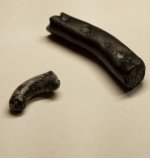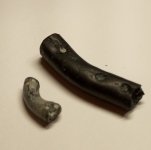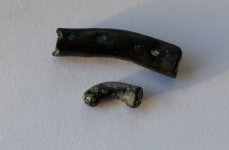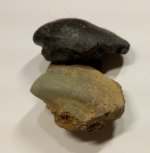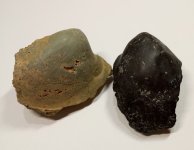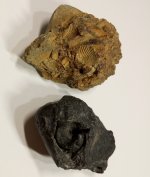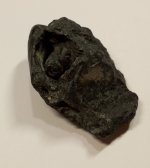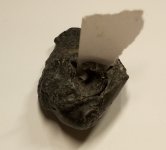Naukoveckiy
Full Member
Hello
Wow. brain explosion.
Stone, a mixture of several colors. Non magnetic.
What can it be?
Wow. brain explosion.

Stone, a mixture of several colors. Non magnetic.
What can it be?
Follow along with the video below to see how to install our site as a web app on your home screen.
Note: This feature may not be available in some browsers.

The shape looks a lot like a cone snail. Any possibility that it is a fossilized one? Where was it found or how did you come by it?
It's a fossil cast of a shell. Totally natural.
Hi
If you allow me and I am in the correct section of the forum, then I can continue with similar findings. I do not understand this section a bit.
 Hi all
Hi all